introduction:
In the Qin Dynasty, the application fields of writing were mainly based on two mainstream fonts - Xiaozhuan and official script. The widespread use of these two fonts stems from the promotion of the Qin Dynasty and the trend of text simplification. Xiaozhuan and official script are regarded as the main representatives of Qin Dynasty writing, and they carry an important historical status.
In order to ensure the spread and unification of writing, the Qin Dynasty adopted a series of measures, such as font assessment, reuse of calligraphers, and teaching of documents. Under the influence of these measures, the writing system of the Qin Dynasty became increasingly mature, laying a solid foundation for the development of Han Li fonts.
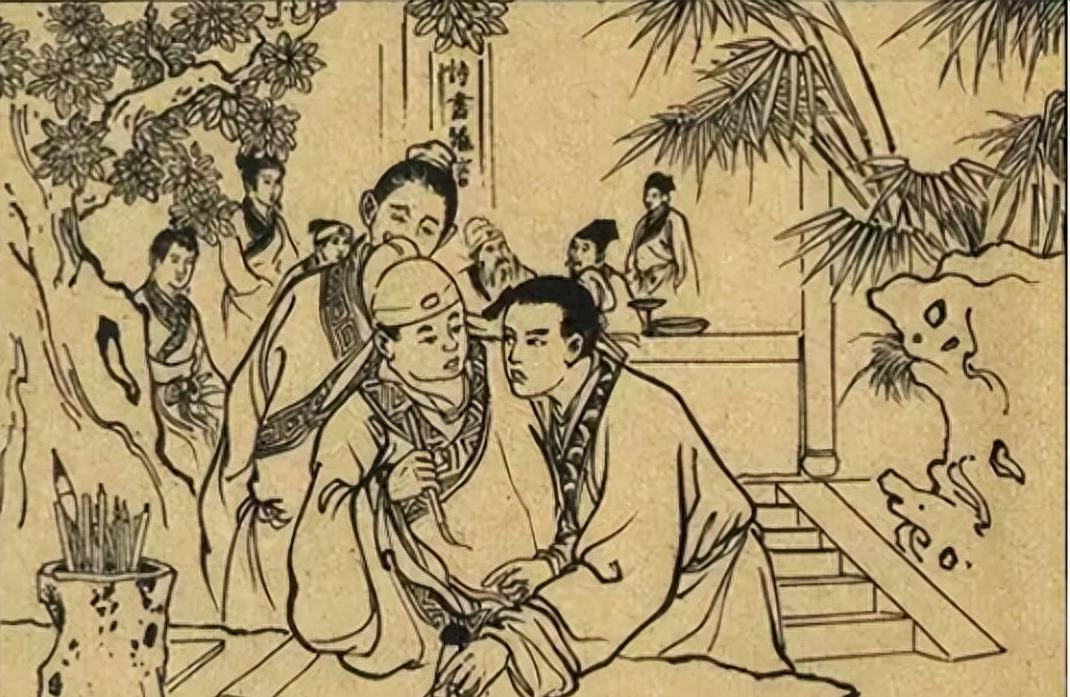
1. Main contents of the writing system of the Qin Dynasty
After the unification of the Qin Dynasty, a writing system with far-reaching influence was officially launched. The main contents of the Qin writing system include the following aspects:
First, the old system of the Six Kingdoms was abolished, especially the use of gold inscriptions. Although Xiaozhuan developed rapidly during the Six Kingdoms period, the influence of gold inscriptions still exists in official and unofficial occasions in the Seven Kingdoms. It is worth noting that the Qin Dynasty abolished the use of gold inscriptions on official occasions, but it was still allowed on unofficial occasions.
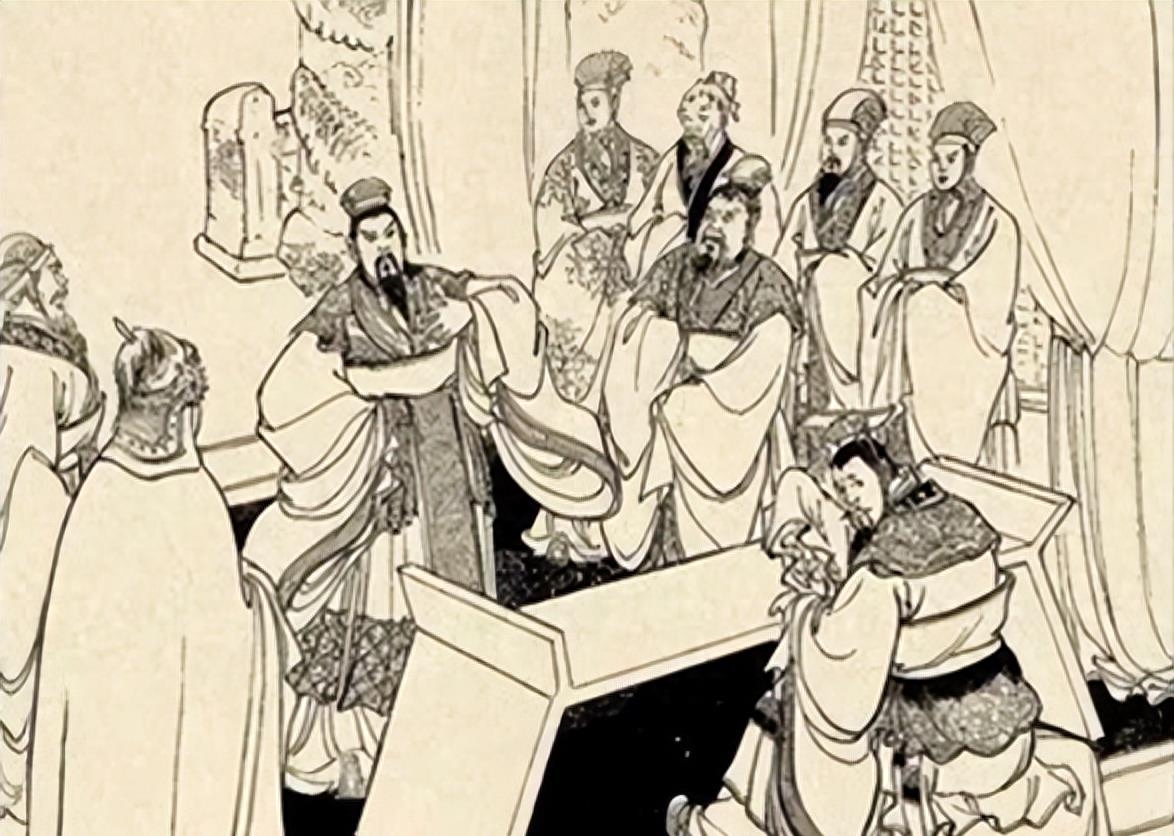
Secondly, the official font was unified into Xiaozhuan, and the development of official script was actively encouraged. The Qin ruling group systematically summarized the Xiaozhuan font, cutting out the complex and simplifying it. Ying Zheng even personally summoned people who were good at calligraphy to write standard models.
The Qin Dynasty made remarkable achievements in encouraging the development of official script. In the early days, Qin Li was mainly used to standardize utensils, but as time went by, Qin Li began to be used in official documents. For example, the official script on the Qingchuan wooden slips not only records the laws of the land, but also has standard and smooth fonts. Without strong official support, it would be difficult to apply official script to legal documents.
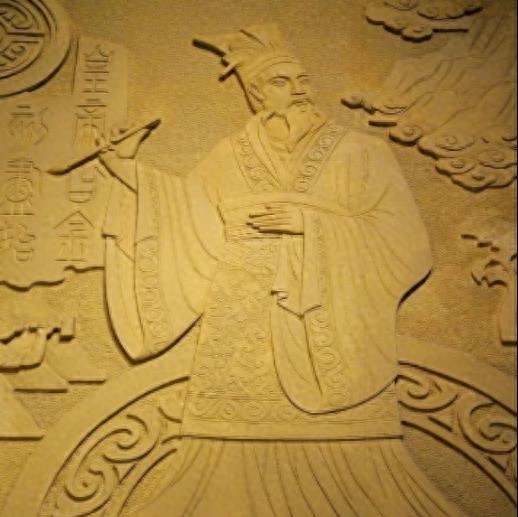
In the official assessment of the Qin Dynasty, fonts also became one of the important criteria. Assessment officials in the Qin Dynasty not only examined the content, but also examined the standardization of the use of fonts. Ying Zheng attached great importance to calligraphy, and Li Si was reused partly because he was good at writing Xiaozhuan.
In addition, the Qin people also systematically developed and spread Xiaozhuan. Candidates in the Qin Dynasty also used Xiaozhuan when taking exams, which made Xiaozhuan widely spread in society.
The Qin Dynasty also formulated corresponding laws and stipulated the scope of application of unified fonts. Although the official script has never been officially recognized by the Qin Code, the Qin official government acquiesced in the development of the official script.
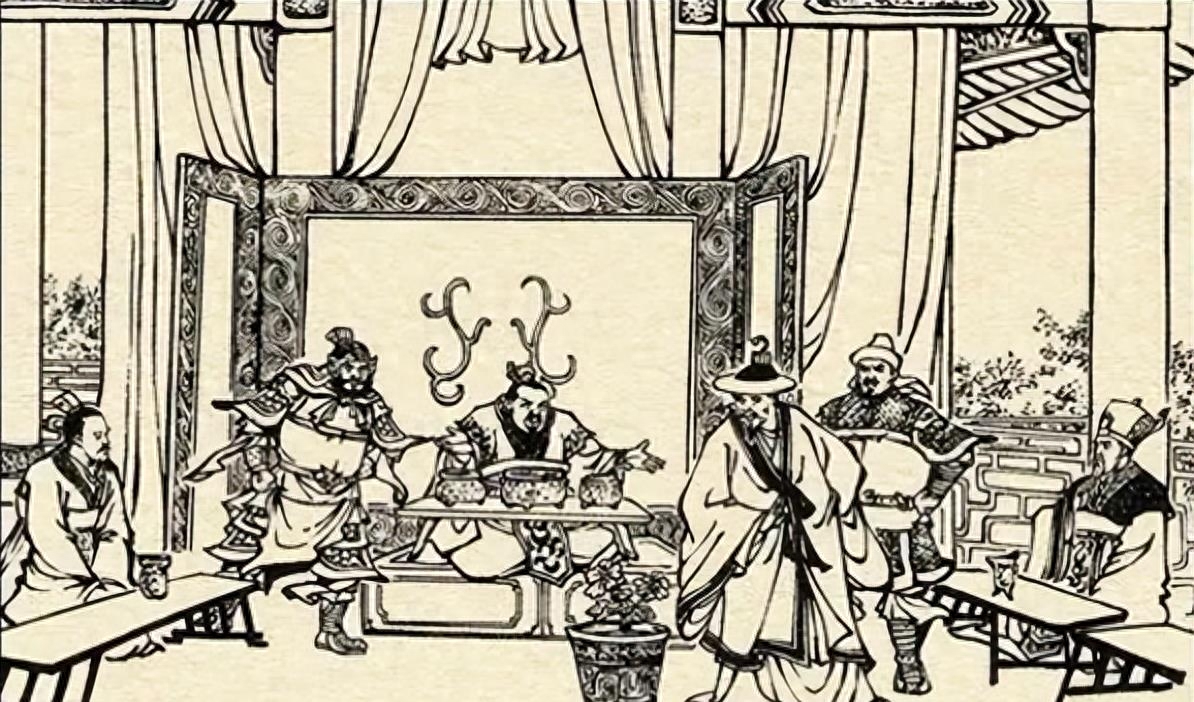
In general, the writing system of the Qin Dynasty was a relatively complete and open system, and the development of official script was not suppressed in order to maintain the status of Xiaozhuan. This had a profound impact on the later development of official script in the Han Dynasty.
2. Overview of the development of Xiaozhuan and official script in the Qin Dynasty
The practice of the writing system of the Qin Dynasty existed before unification, but the real development and improvement occurred after unification. Before unification, the common font in Qin was Xiaozhuan. The font used in "Cursing Qin Wen" is similar to Xiaozhuan, and documents from the Yingzheng period were already in standard Xiaozhuan. This shows that before the unification of Qin, the official Xiaozhuan font had been adopted, and Xiaozhuan was also developing.
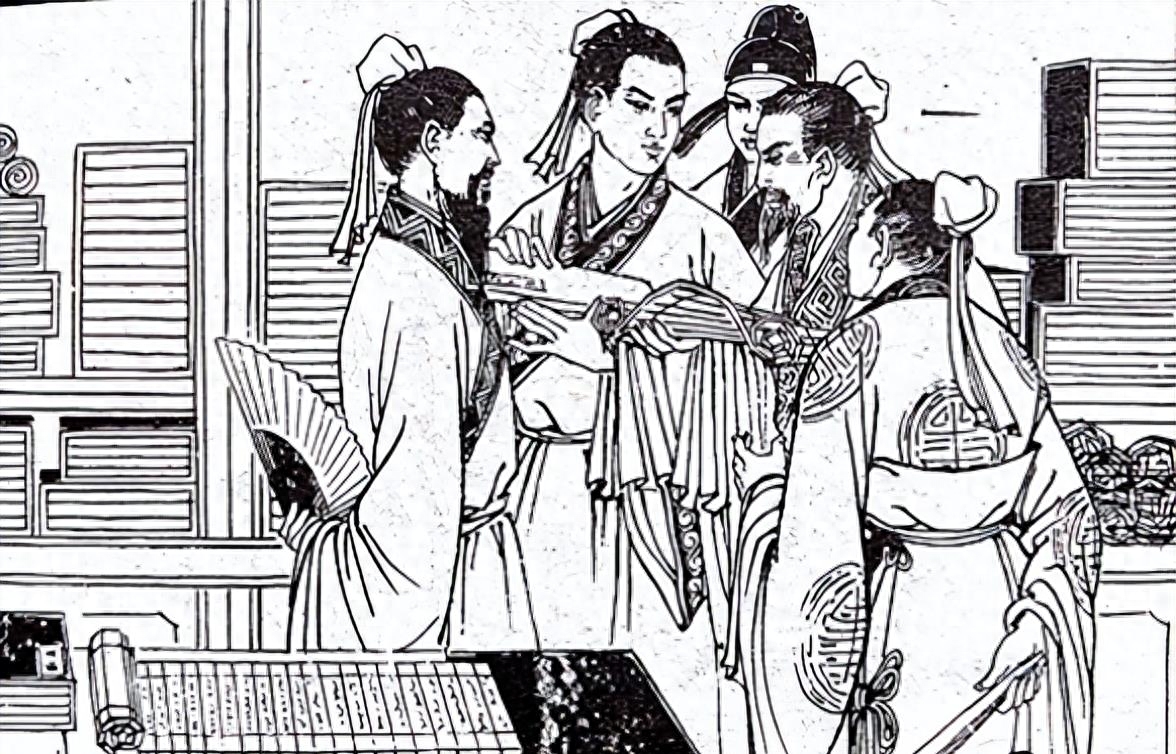
The reason why Xiaozhuan became the official font of the Qin State is mainly because of the shortcomings of bronze inscriptions: first, the writing is complicated; second, the radicals and radicals are uncertain, and the polymorphic characters in bronze inscriptions are not conducive to accurately conveying information. Xiaozhuan is not only a simplified version of bronze inscriptions, but also has fixed radicals, which helps convey information accurately. Therefore, it gradually replaced bronze inscriptions and became the official font of the Qin State.
After the unification of Qin, how to consolidate the unified situation and highlight the authority of the Qin royal family became an important consideration for the upper-class rulers. Li Si once suggested abolishing the system that was inconsistent with Qin.
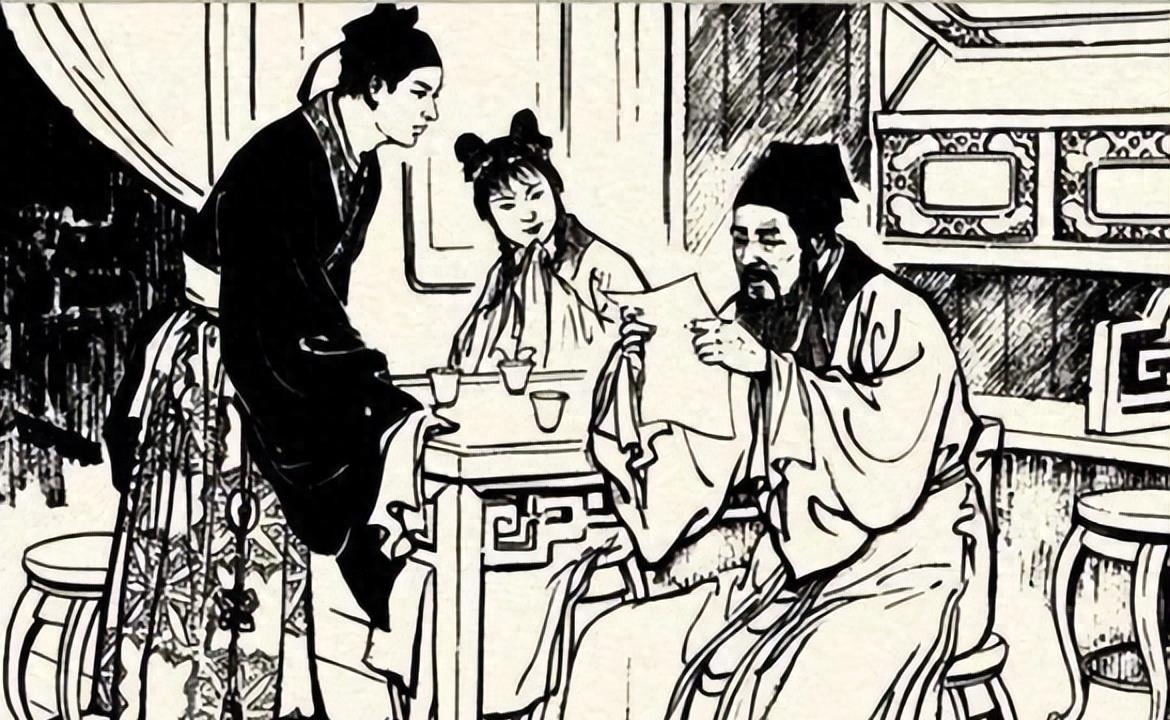
"Shuowen Jiezi" records: "At the beginning of the Qin Shihuang Emperor's reign, the Prime Minister Li Si agreed with him, and dismissed those who did not agree with Qin Wen."
The unified font became an important representative of Qin's concept of unification, and the Qin Dynasty announced that the unified font was Xiaozhuan. The reason why Xiaozhuan was used was because Xiaozhuan had replaced bronze inscriptions at that time and became the common writing script in all countries. The unified use of Xiaozhuan would help to complete the unification of writing more quickly.
Xiaozhuan is part of the development of ancient Chinese fonts. Although it has made great progress compared with bronze inscriptions, the writing method of Xiaozhuan is still relatively complicated and can be regarded as a simplified version of bronze inscriptions. However, in order to improve writing efficiency, official script came into being. Official script is a simplification of Xiaozhuan, discarding the redundant parts of Xiaozhuan, and quickly became popular among the people.
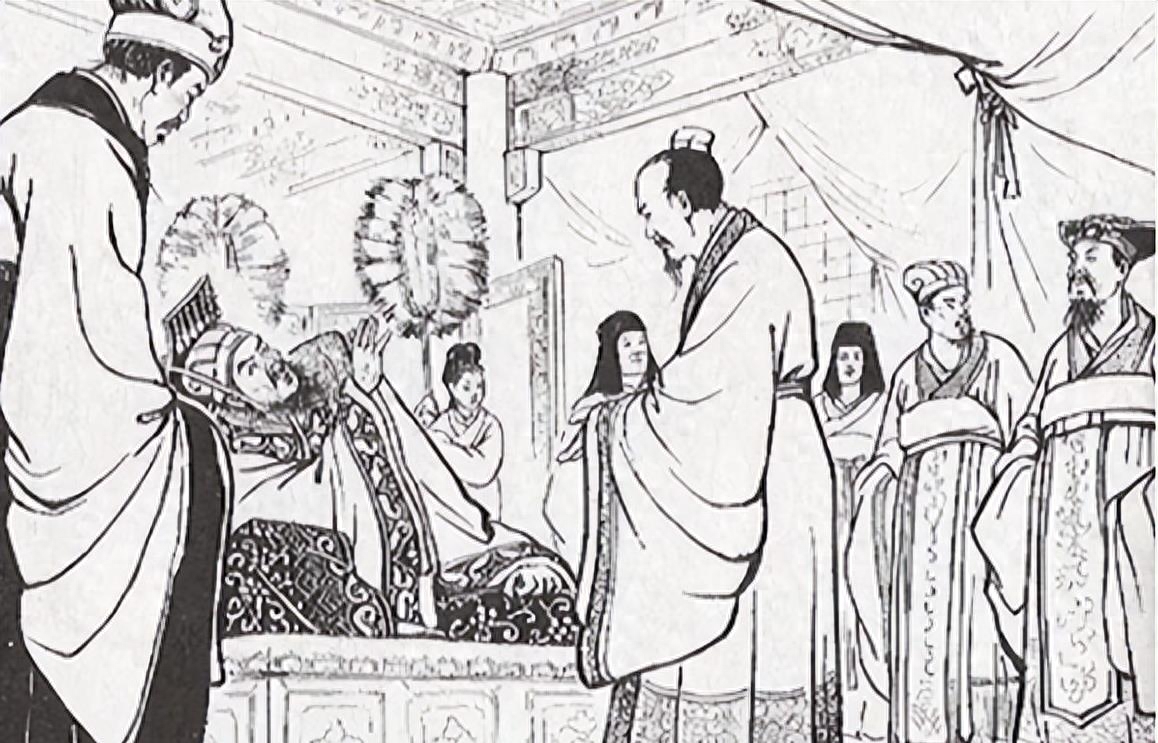
As the number of people using official script continued to increase, the official script of the Qin Dynasty also
He began to notice this font and actively supported the development of official script. Qin Shihuang encouraged the use of official script in unofficial settings, and Yingzheng did so mainly because of his enthusiasm for writing reform.
It should be noted that although official script has certain advantages over Xiaozhuan, official documents of the Qin Dynasty still insisted on using Xiaozhuan. This is because the Qin Dynasty was the heyday of the development of Xiaozhuan, and the Xiaozhuan system was relatively mature. On the contrary, the Qin Dynasty was in the early stage of the development of official script, and the development system of official script was not yet complete. Therefore, the characters of the Qin Dynasty were mainly Xiaozhuan and official script, and official script can be regarded as the extension and evolution of Xiaozhuan and the embodiment of the progress of ancient fonts.
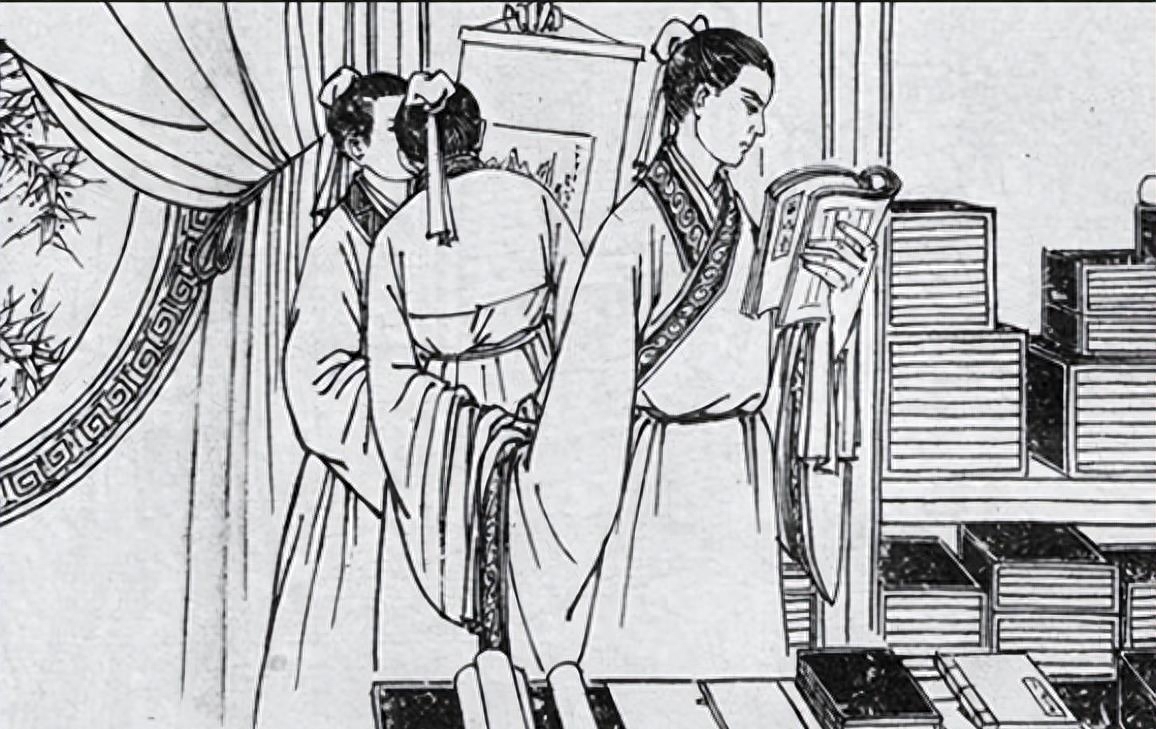
3. The historical significance of the writing system of the Qin Dynasty
The writing system is a cultural system, and culture reacts on society. The unified use of characters broke the restrictions on information dissemination under the old system of the Six Kingdoms, facilitated cross-cultural exchanges in various regions, and thus maintained and consolidated the unification of the Qin Dynasty.
The emergence of the writing system illustrates the profound impact of the ruling environment on cultural development. The Qin Dynasty attached great importance to unification and actively promoted the development of Xiaozhuan and official script. The rapid development of these two fonts was a reflection of the concept of governance. In the early days of the unification of the Qin Dynasty, there was a chaotic phenomenon of multiple sounds and multiple shapes for one character.
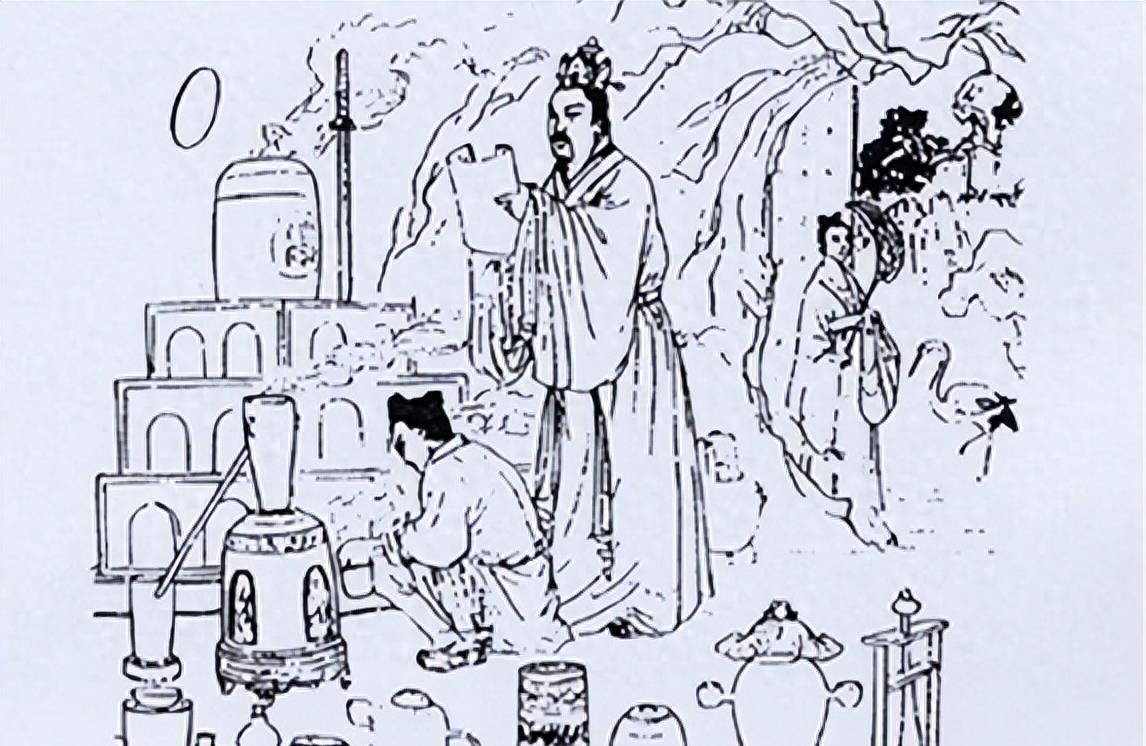
"Shuowen Jiezi" records: "The words have different sounds and the characters have different shapes."
If this phenomenon cannot be solved, the documents promulgated by the Qin Dynasty will be easily misinterpreted, which is not conducive to the practice of the concept of unification. Therefore, the establishment of a writing system is imperative.
The practice of the writing system has cultivated a group of calligraphers who are good at Xiaozhuan and official script, such as Li Si and Zhao Gao. They had profound knowledge of writing theory and not only absorbed and learned from it, but also deleted and perfected it, which had a profound impact on the development of fonts for future generations. The existence of the writing system has also subverted some people's stereotypes about the Qin Dynasty. Due to incidents such as burning books and harassing Confucian scholars, they believed that the Qin Dynasty had a closed control on culture.
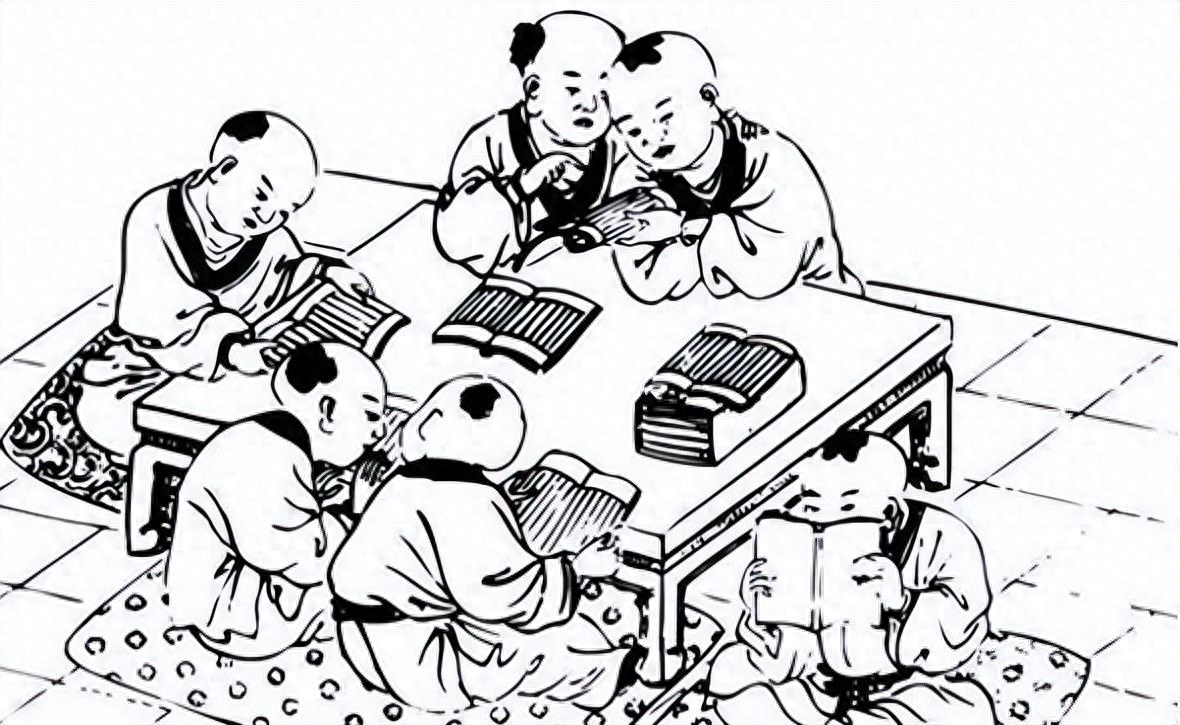
However, from the perspective of writing system, the Qin Dynasty also showed an open side in cultural policy. Although the writing system only declared Xiaozhuan as the official font, it actively encouraged the development of official script, showing the openness of Qin's cultural policy.
The writing system also reflects the simplification and practicality of font development. Small seal script replaced gold inscriptions, and official script replaced small seal script. This is an inevitable result of historical development. It can be seen from the development trends of these two fonts that Xiaozhuan is simpler than gold inscriptions, and official script is simpler than Xiaozhuan.
In general, the development of the writing system in the Qin Dynasty was the result of the interaction between the ruling environment and culture. It was an important stage in the development of ancient fonts and their systems, and laid an important foundation for the rapid development of Han Li fonts. The writing system of this historical period reflected the progress of social productivity. Qin civilization had both a closed side and an open side, and ultimately reflected the ruling class's pursuit of a unified concept.
Summarize:
The development of the writing system in the Qin Dynasty reflected the needs of social development. Through the efforts of the Qin Dynasty, Xiaozhuan and official script developed rapidly and left a profound mark on cultural inheritance. This writing system not only affected the society at that time, but also laid the foundation for subsequent cultural evolution. It is worth noting that the writing system of the Qin Dynasty showed both a closed side and an open side. This multi-faceted nature made it an object of much research and thinking in history. Through the analysis of the writing system, we can have a deeper understanding of the social characteristics and cultural development trends of the Qin Dynasty, as well as its profound impact on the history of Chinese culture.
Due to the rules of the platform, you will only be recognized as a true fan when you interact more with me. If you like my article, you can click "Follow" and become a die-hard fan to receive article push as soon as possible.
Articles are uploaded by users and are for non-commercial browsing only. Posted by: Lomu, please indicate the source: https://www.daogebangong.com/en/articles/detail/qian-gu-wen-zi-yi-xing-tai-yan-bian-li-shi-sheng-cang-sang-qian-lun-qin-dai-wen-zi-zhi-du-yin-yan.html

 支付宝扫一扫
支付宝扫一扫 
评论列表(196条)
测试